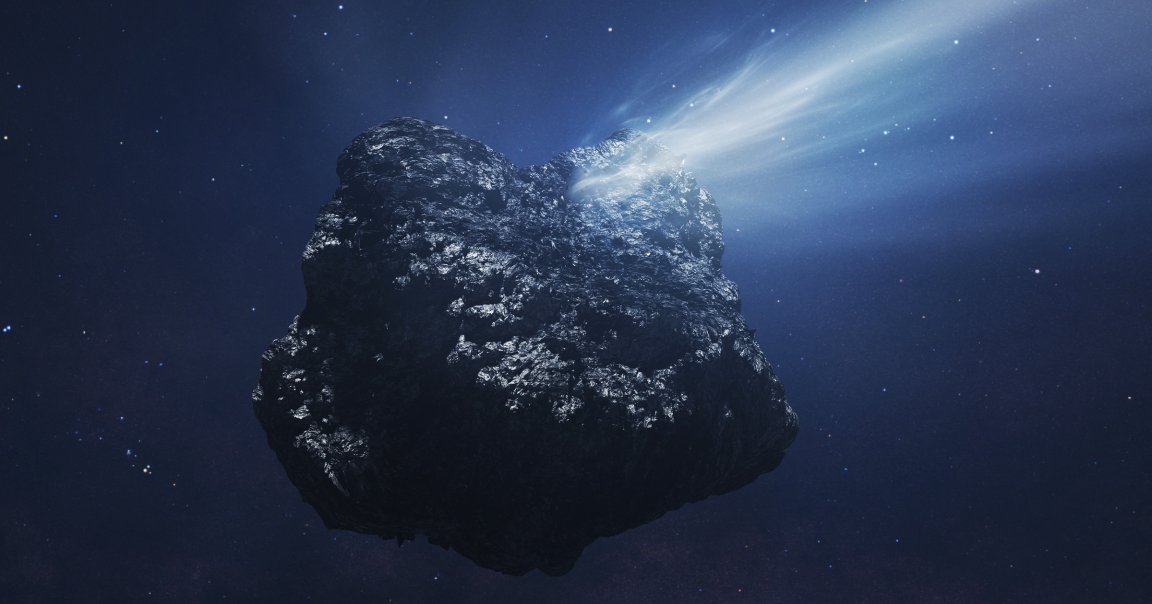
Vomit Comet
Astronomers have detected a gigantic comet — possibly the largest ever discovered — and it’s spewing gases from its nucleus as it shoots through our cosmic neighborhood.
Comet C/2014 UN271 (Bernardinelli-Bernstein) is 85 miles in diameter, far bigger than the six-mile asteroid that ended the age of the dinosaurs, according to a new study in The Astrophysical Journal Letters. But thankfully, it’s pretty far away — in the vicinity of Neptune, specifically — so astronomers can admire the spectacle from a safe distance.
“These measurements give us a look at how this enormous, icy world works,” said Nathan Roth, lead author and NASA research associate, said in a statement. “We’re seeing explosive outgassing patterns that raise new questions about how this comet will evolve as it continues its journey toward the inner solar system.”
In addition to the comet’s extraordinary size, its jets of carbon monoxide are the first ever observed on a comet.
Seeding the Universe
The comet came from the mysterious Oort Cloud, which surrounds our entire Solar System and harbors more icy denizens.
To astronomers, comets are particularly intriguing because they carry tantalizing clues about the past of the universe and our solar system.
Comets are dirty snowballs made up of ice, dust, debris, and often come from the Kuiper Belt, an area beyond Neptune that contains Pluto and other icy space objects, as well as the Oort Cloud.
A special feature of comets is that they hold organic matter and likely bombarded our planet during its early years with essential molecules that eventually gave rise to life on Earth.
That’s another reason this finding is huge: the fact that scientists were able to detect matter spewing out of the comet is notable, and as it gets closer to the Sun, parts of the comet may melt away, revealing more of its tantalizing internal makeup.
More on comets: Earth Surrounded by Dark Comets, Astronomers Claim